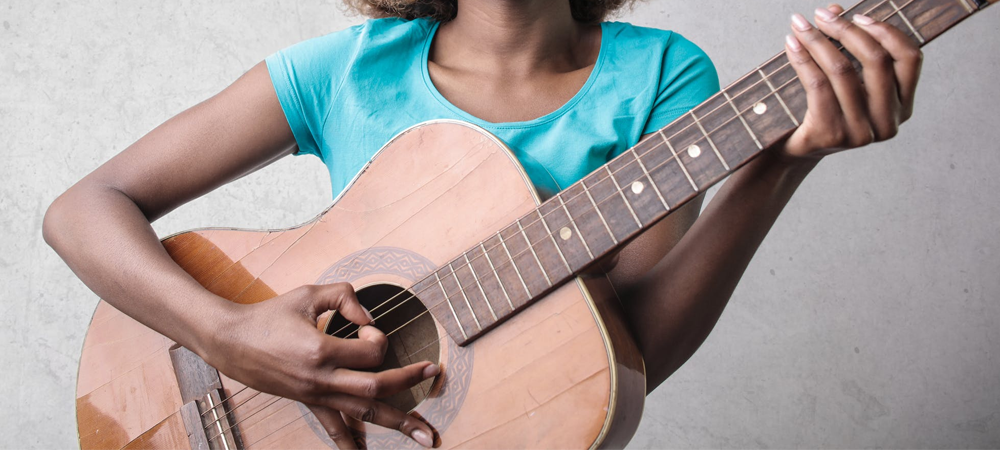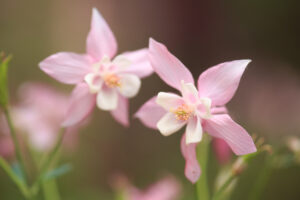
As in many fields, women have unfortunately been overlooked in the history of jazz. In particular, composers, bandleaders and instrumental performers have received much less recognition than their male counterparts. We are here to change that. Women have made massive contributions to the many eras of jazz history and absolutely deserve to be celebrated! And what better time to honor their achievements than during Women’s History Month?
The Jazz Age of the 1920s
We are all familiar with the Jazz Age, the roaring 20s, The Great Gatsby, the Prohibition and the speakeasies, but did you know that this was also a very pivotal time for women in America? At the end of World War I, women took on a greater role in the workforce, which gave them more independence and led to the emergence of the liberated flapper persona. And the Nineteenth Amendment was also ratified in 1920, which was a landmark achievement for women’s suffrage. The concepts of equality and freedom were gaining popularity, opening up opportunities to women, especially in entertainment.
Bessie Smith came out with her first hit single in 1923, “Downhearted Blues,” which was actually written by two women, pianist Lovie Austin and blues singer Alberta Hunter. The lyrics at the end of the song, I got the world in a jug… I’m gonna hold it until you men come under my command, present an image of a strong, defiant women who refuses to be downtrodden upon any longer. Smith, nicknamed the “Empress of the Blues,” performed songs that spoke to the difficulties of the black experience in America—poverty, racism, sexism and the ups and downs of love—which insisted that the lives of black women mattered and deserved to be the subject of art. Smith was the first African American superstar and inspired countless other famous female singers from the 20th century, such as Billie Holiday, Mahalia Jackson, Big Mama Thornton and Janis Joplin.
Swing & Big Bands of the 1930s
In an age when women were expected to perform music and to look attractive onstage, instead of making music, female instrumental performers and composers were not common. But those who did achieve jazz careers had a lasting impact, especially on the swing music of the 1930s.
Blues pianist Cora “Lovie” Austin grew up in Chattanooga and was actually childhood friends with Bessie Smith. She played piano and performed in vaudeville before using her talents in composition and arrangement to create four songs that Bessie Smith would record in 1923. Then, she led her very own band, the Blues Serenaders, who developed their own unique sound.
Lovie Austin was the greatest influence of pianist Mary Lou Williams, a musical prodigy from Pittsburg who taught herself to play the piano at age three. At only age 12, Williams performed on the Orpheum Circuit, and at 13, she played with Duke Ellington. Later, Williams became known as the Lady Who Swings the Band because she wrote and arranged many songs for Benny Goodman, Louis Armstrong and others. And as the arranger and pianist for the Twelve Clouds of Joy, Williams made massive strides in developing the Kansas City swing sound of the 1930s.
World War II
Many male jazz musicians were drafted during the Second World War, so all-female bands took their place, like The International Sweethearts of Rhythm. Founded in 1937, this 17-member ensemble included Latina, Asian, White, Black, Indian and Puerto Rican women, making it the very first all-female integrated band in the U.S. The International Sweethearts played swing and jazz music all around the nation and helped to shape the Big Band era.
How Night is Alive is Promoting Female Musicians
In Night is Alive newest release, “Cryin’ In My Whiskey,” Grammy-award-winning jazz vocalist Janis Siegel delivers a stunning rendition of Patsy Cline’s number-one country hit, “I Fall to Pieces.” Cline was one of the first women to break into the male-dominated country and western music scene and she is considered one of the most influential vocalists of the 20th century. Siegel said that she wanted their rendition to reflect more of the devastating emotion, the poignant helplessness of the lyrics. “I think we’ve all been to this dark hidden place,” Siegel said. “When the one you love doesn’t love you.”
“Cryin’ In My Whiskey” is available in our shop right now and on all major online music platforms.
This post was written by Blog Editor, Jacqueline Knirnschild.





